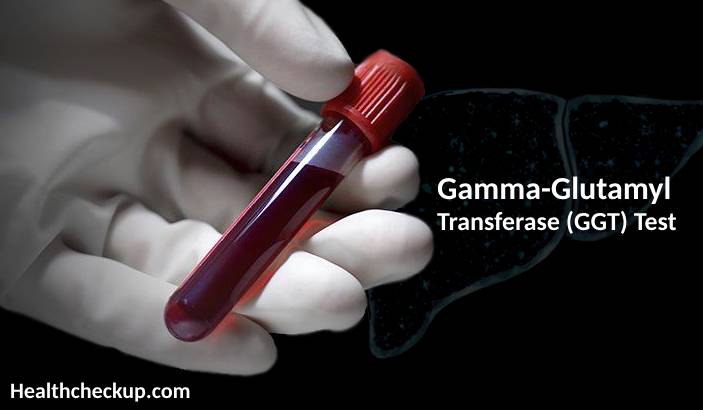Gamma-glutamyl transferase (GGT) is an enzyme that plays a vital role in the body’s metabolic processes, particularly in the liver. The GGT test is used predominantly to assess liver health and to help detect liver disease. It is also useful in identifying bile duct problems and monitoring alcohol use.
Purpose of the GGT Test
- Liver Health Assessment: The primary purpose of the GGT test is to evaluate liver function and to detect and monitor liver diseases, including hepatitis and cirrhosis.
- Bile Duct Evaluation: GGT levels are particularly sensitive to diseases affecting the bile ducts; thus, this test can help identify blockages or other issues with bile flow.
- Alcohol Consumption Monitoring: Elevated GGT levels may suggest heavy alcohol consumption.
- Differentiation of Liver vs. Bone Disease: Since GGT is not elevated in bone diseases (unlike alkaline phosphatase, another enzyme), it helps differentiate the cause of elevated alkaline phosphatase levels.
Preparation for the Test
- Fasting: Patients are generally advised to fast for at least 8 hours before the test to ensure accuracy in the measurement of the GGT levels.
- Medication and Alcohol Disclosure: It is important to inform the healthcare provider about all medications, supplements, and alcohol consumption as several substances can influence GGT levels.
- Avoidance of Unnecessary Medications: Patients may be asked to stop taking certain drugs temporarily that could affect the test results, only upon the advice of a healthcare provider.
Procedure of the GGT Test
- Blood Sampling: The GGT test is performed by drawing a blood sample from a vein, typically in the arm.
- Handling and Processing: The sample is then sent to a laboratory where the GGT level is measured through a biochemical analysis of the blood plasma.
- Turnaround Time: Results are usually available within a day, but this can vary depending on the laboratory.
GGT Blood Test Normal Range
- Variability in Ranges: The normal range for GGT can vary significantly based on the laboratory and the specific techniques used. It is also affected by age and gender.
- Typical Values: Generally, normal levels are up to 30 U/L for women and up to 45 U/L for men, but these values can differ among labs.
Results Interpretation
- Normal Results: Normal GGT levels suggest normal liver and bile duct function.
- Elevated GGT: High levels of GGT are commonly seen in conditions that cause damage to the liver or bile ducts such as hepatitis, cirrhosis, liver tumors, or bile duct obstruction.
- Contextual Interpretation: Elevated GGT levels must be interpreted in the context of other liver function tests for a comprehensive understanding of liver health.
Conclusion
The GGT test is used for assessing liver function and identifying potential liver and bile duct disorders. It is especially valuable for its sensitivity to changes in the liver triggered by substances like alcohol.
I specialize in writing about health, medical conditions, and healthcare, drawing extensively from scientific research. Over the course of my career, I have published widely on topics related to health, medicine, and education. My work has appeared in leading blogs and editorial columns.









